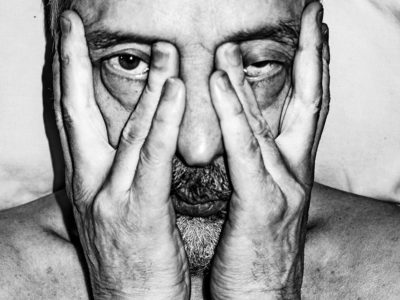FotoFirst — Victoria Birkinshaw Portrays the Guardians of a Vacant London Property
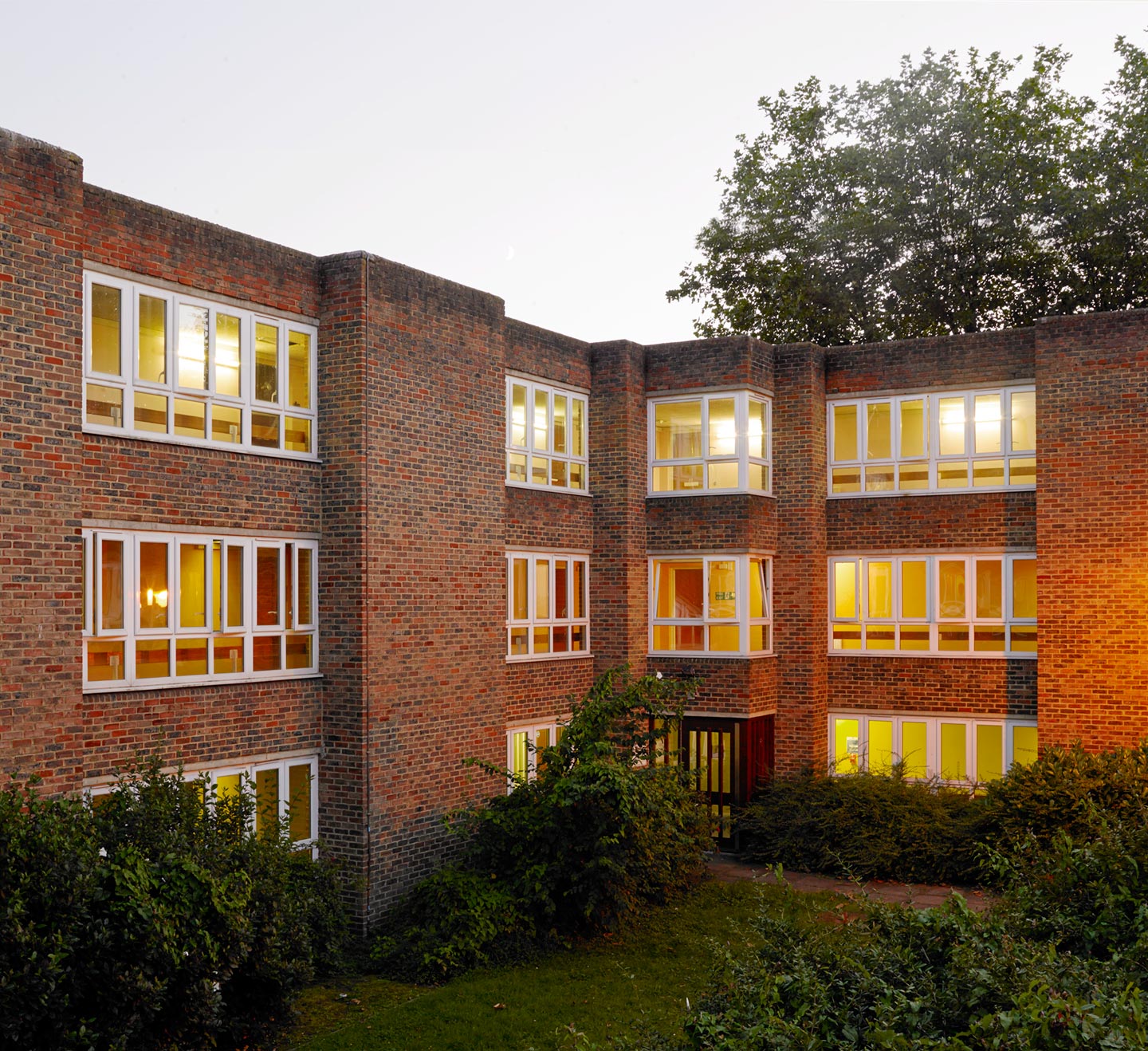
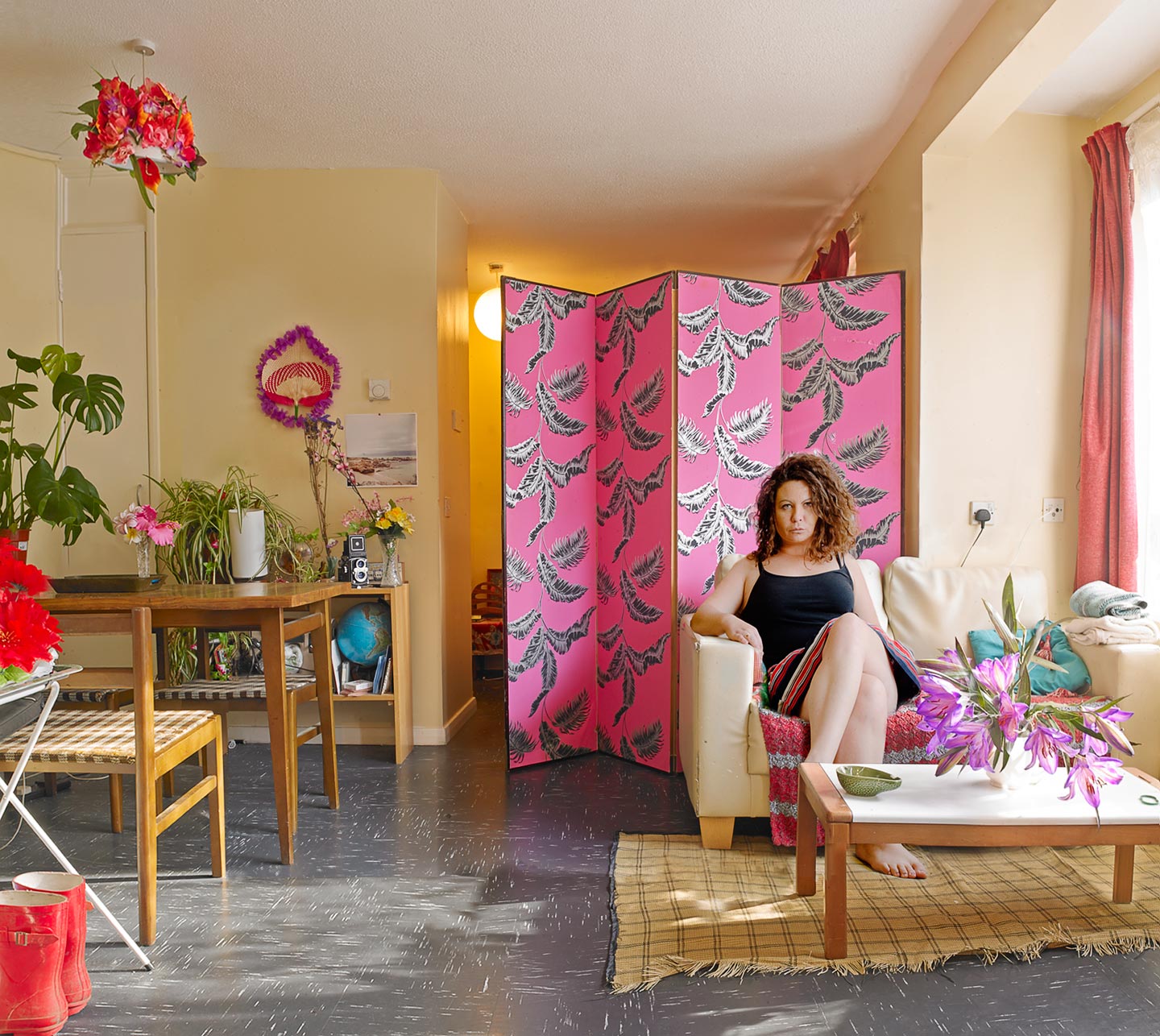
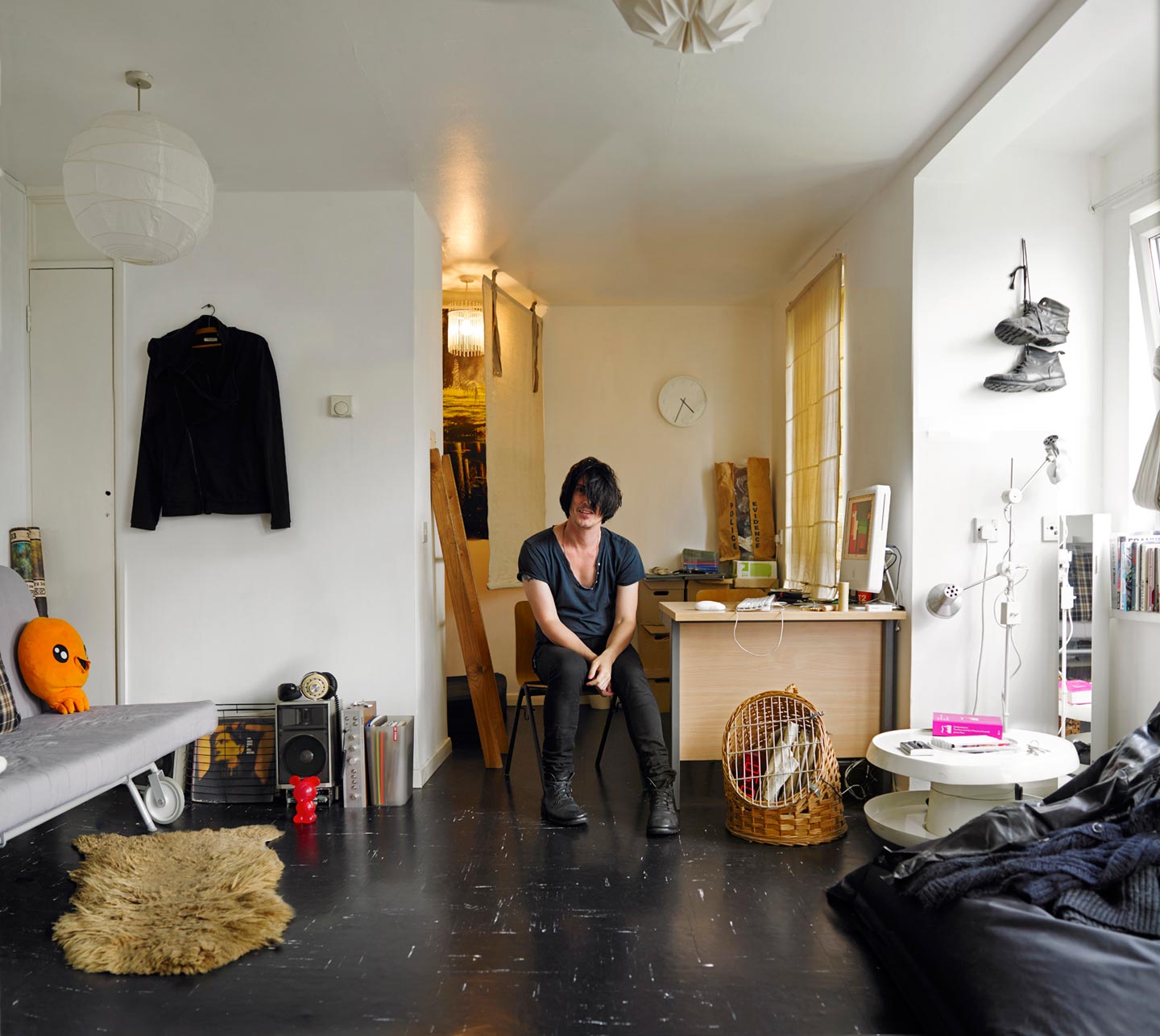
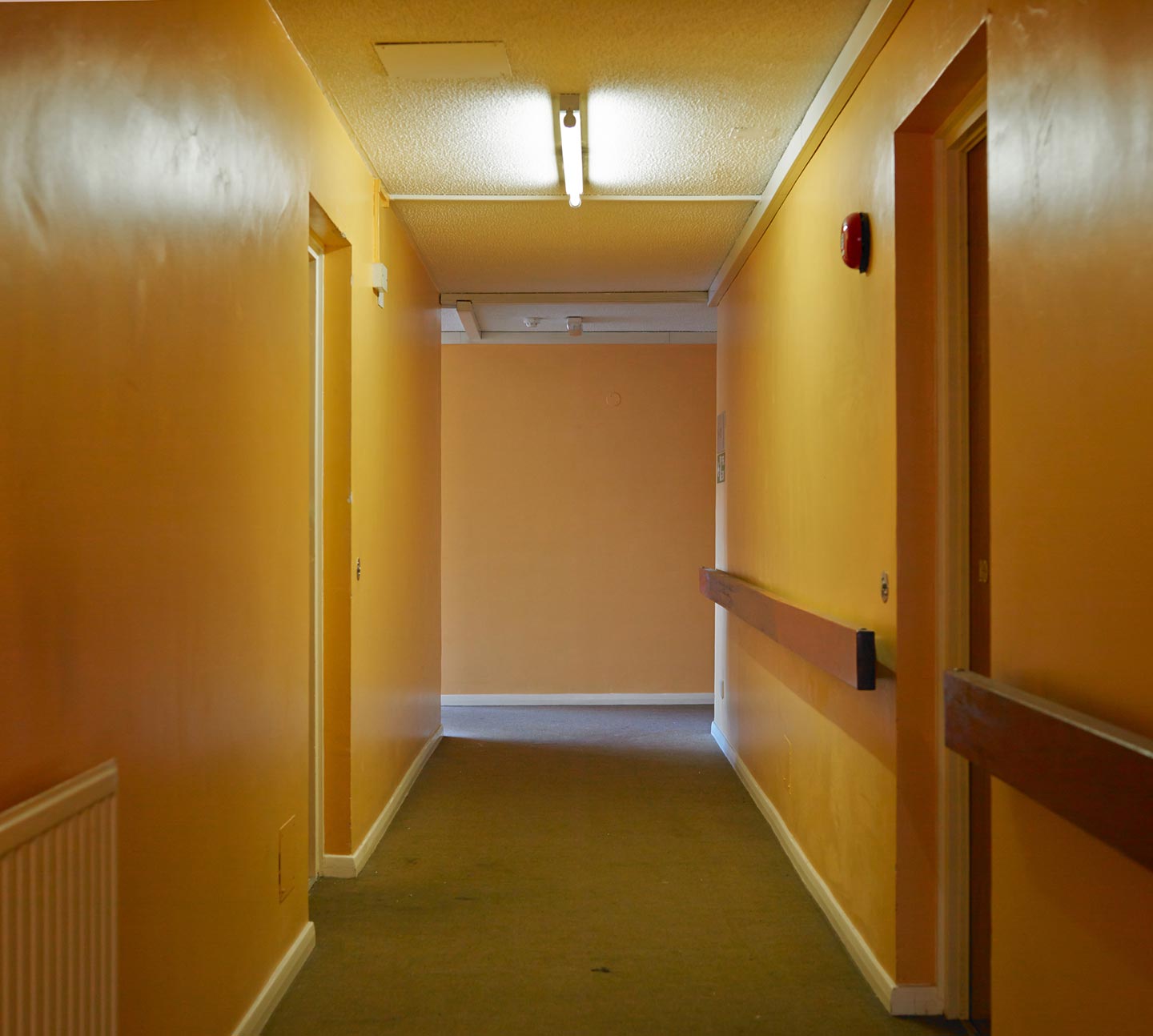
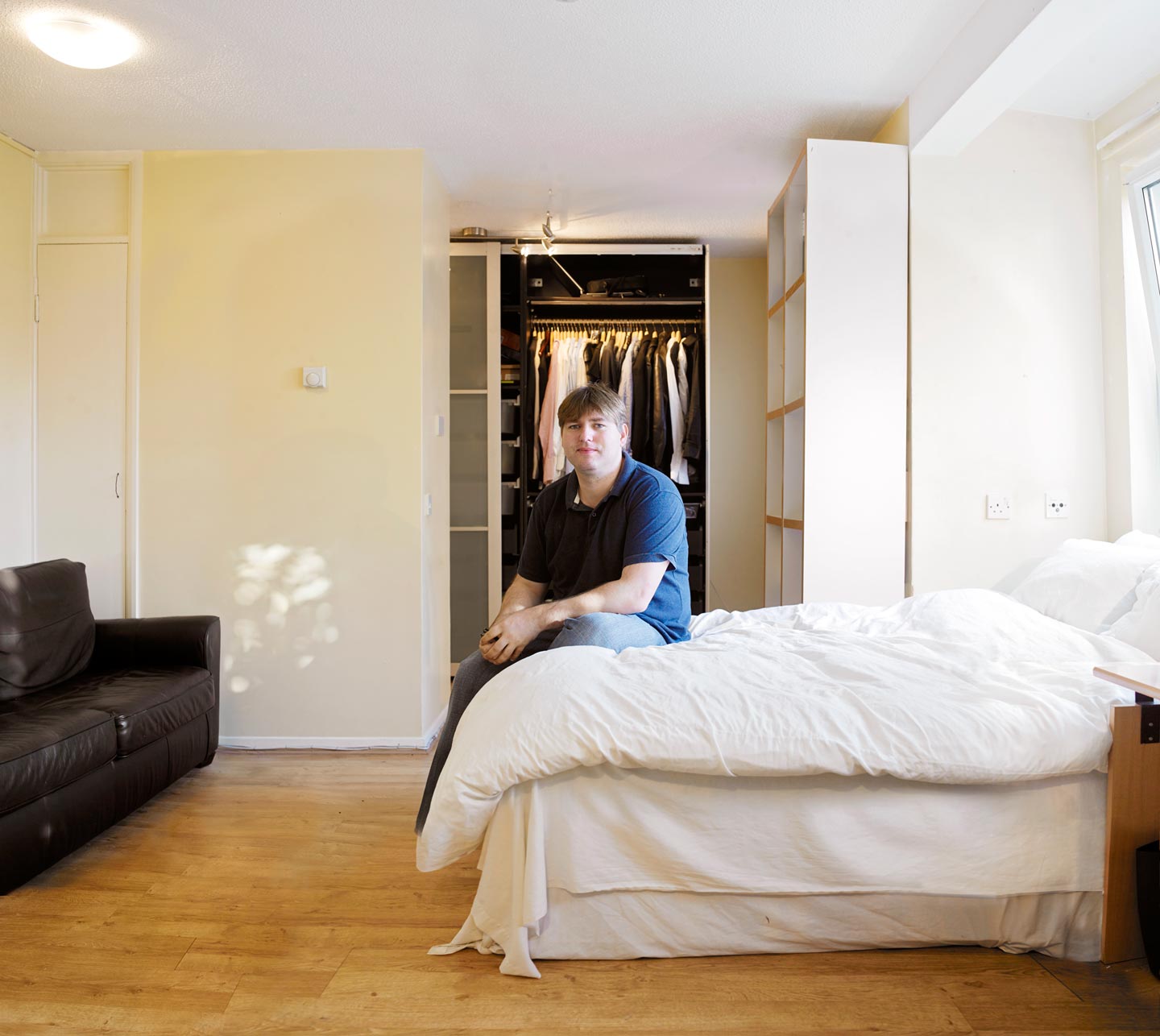
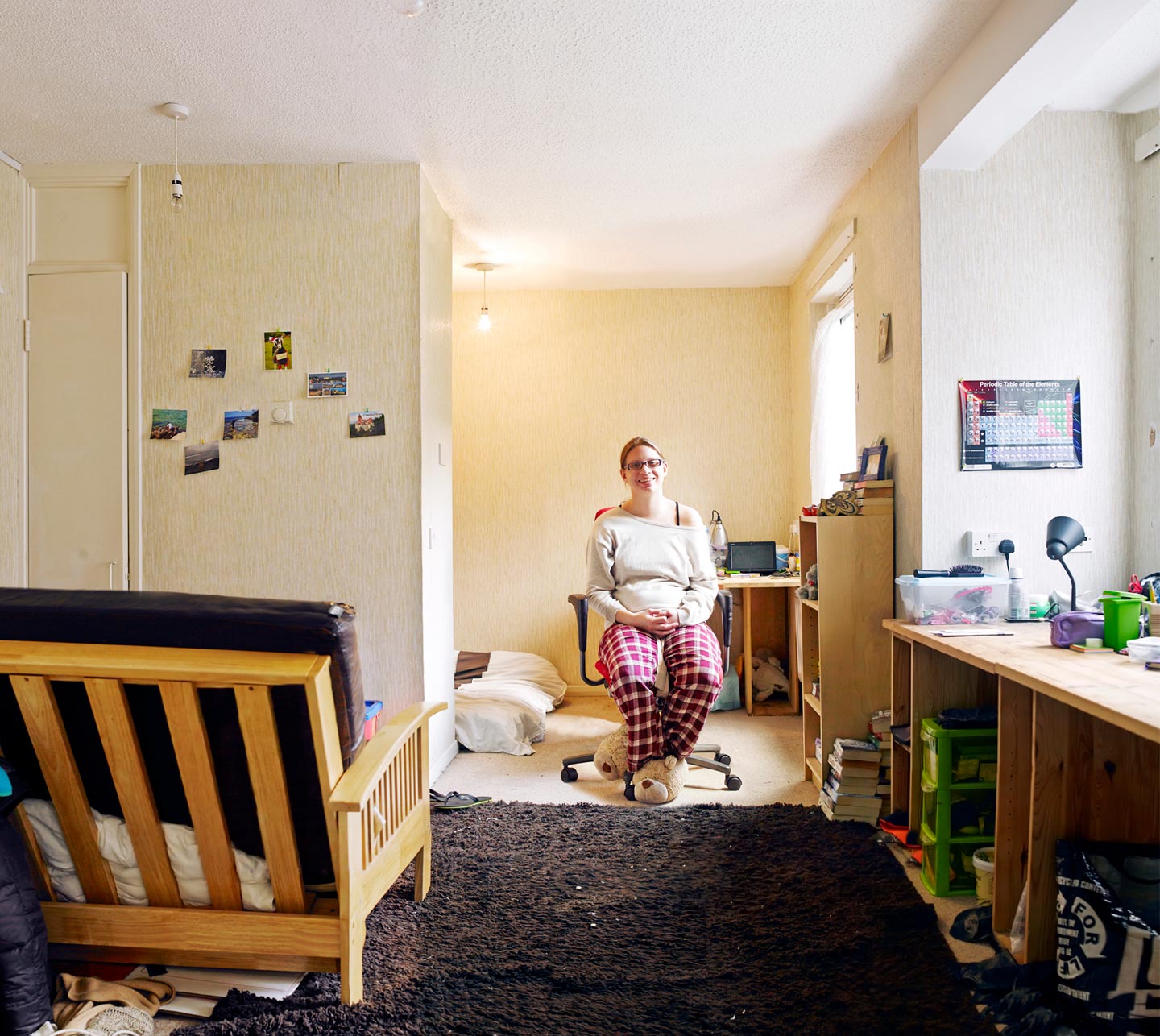
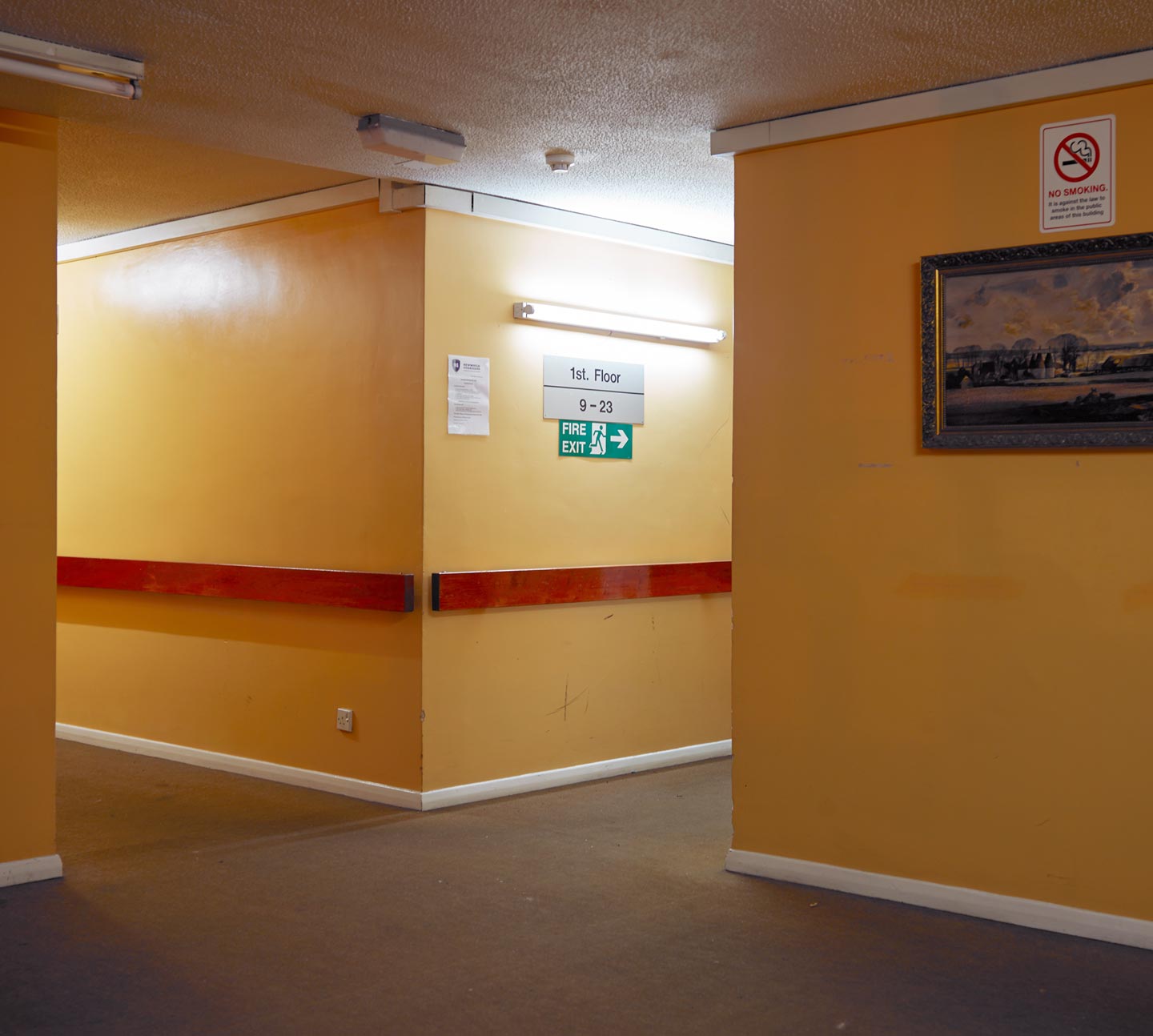
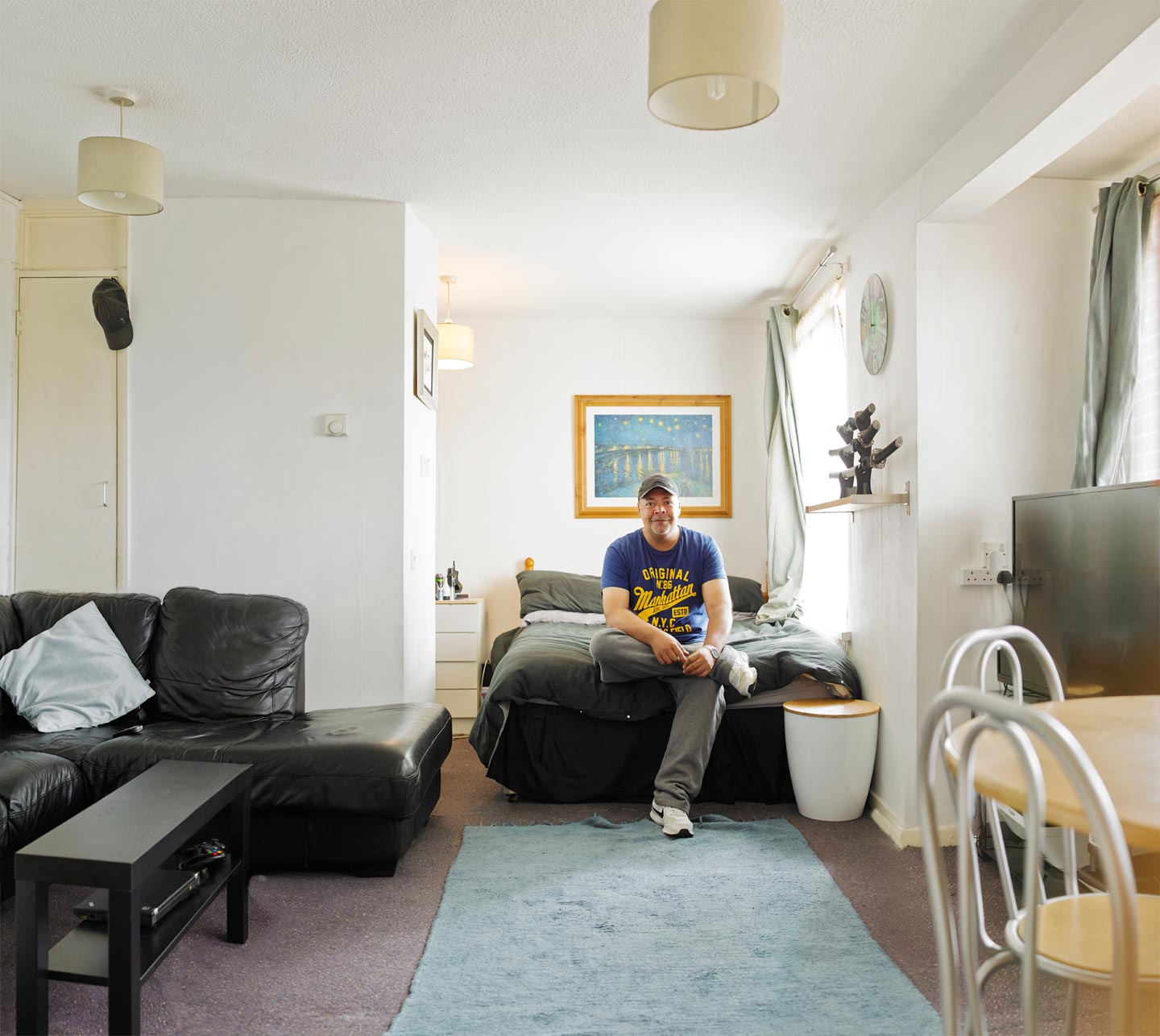
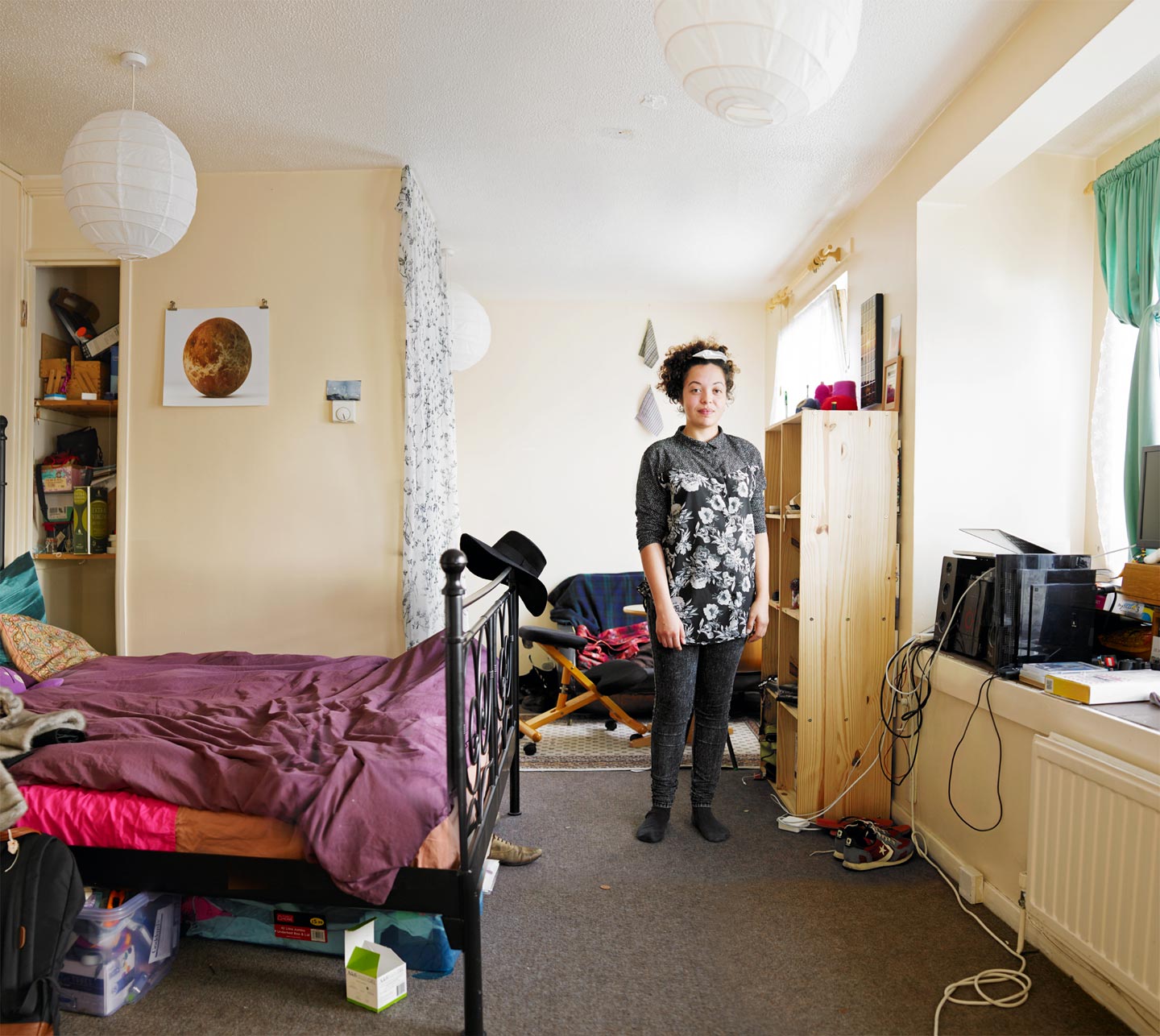

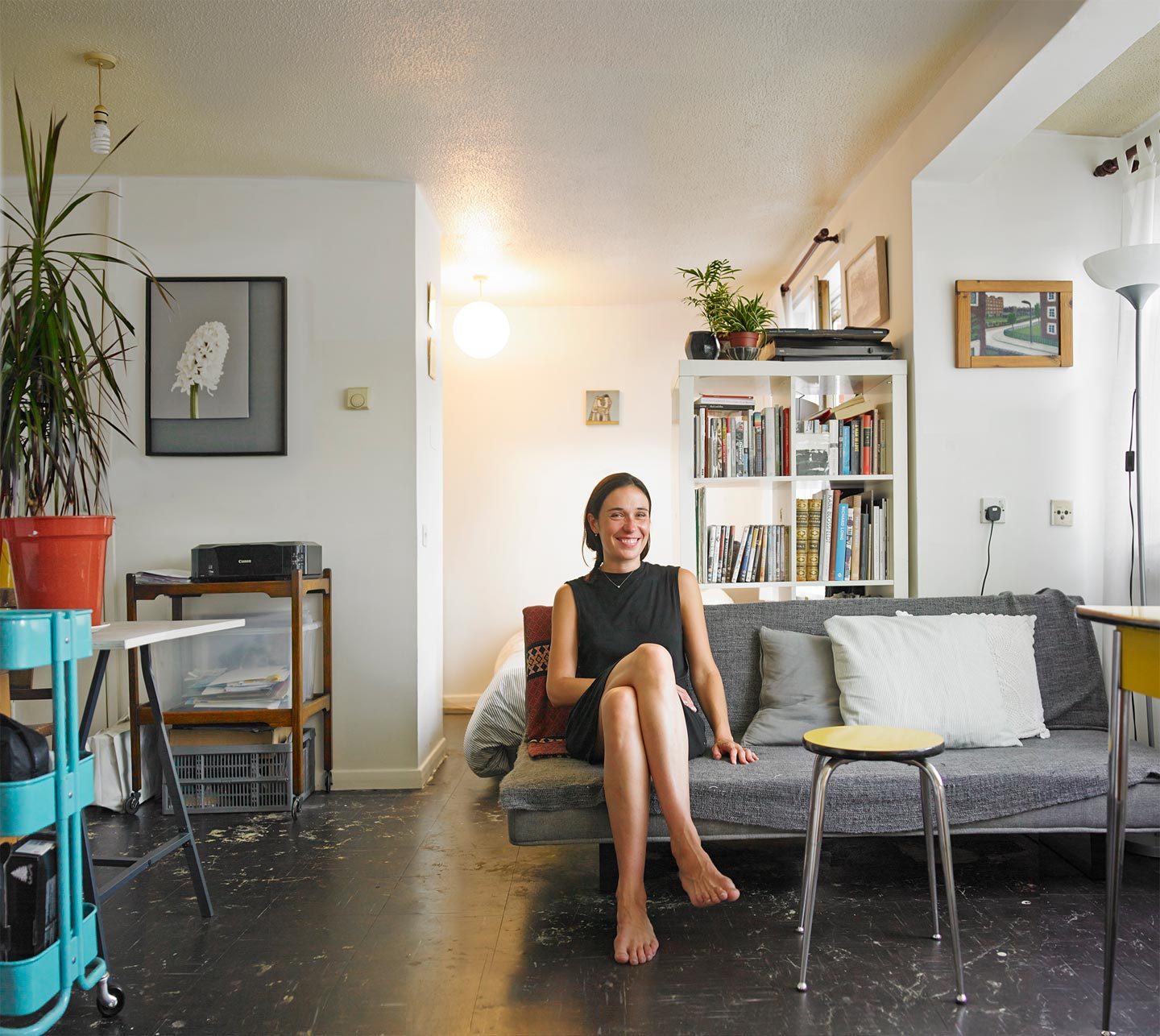
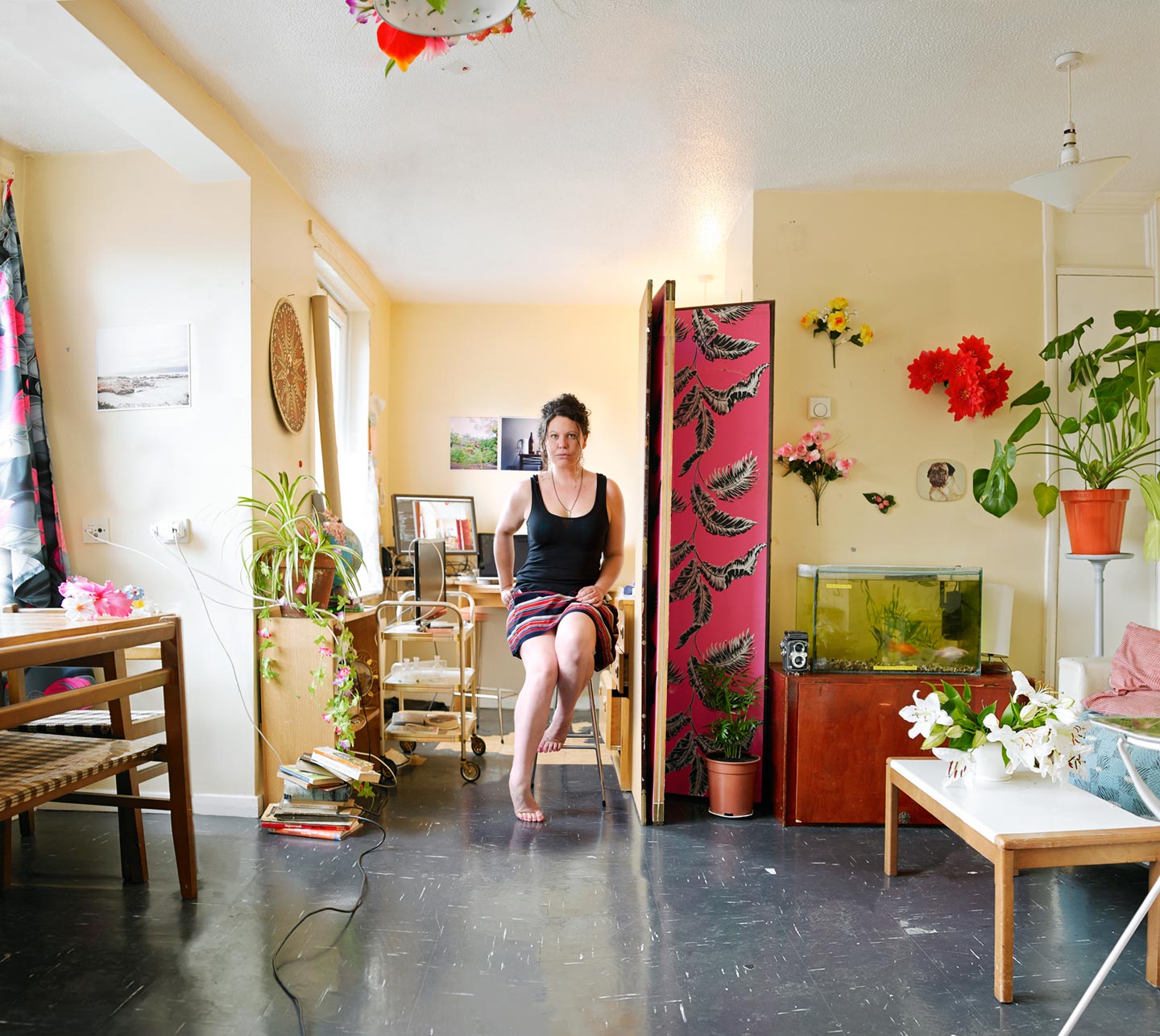
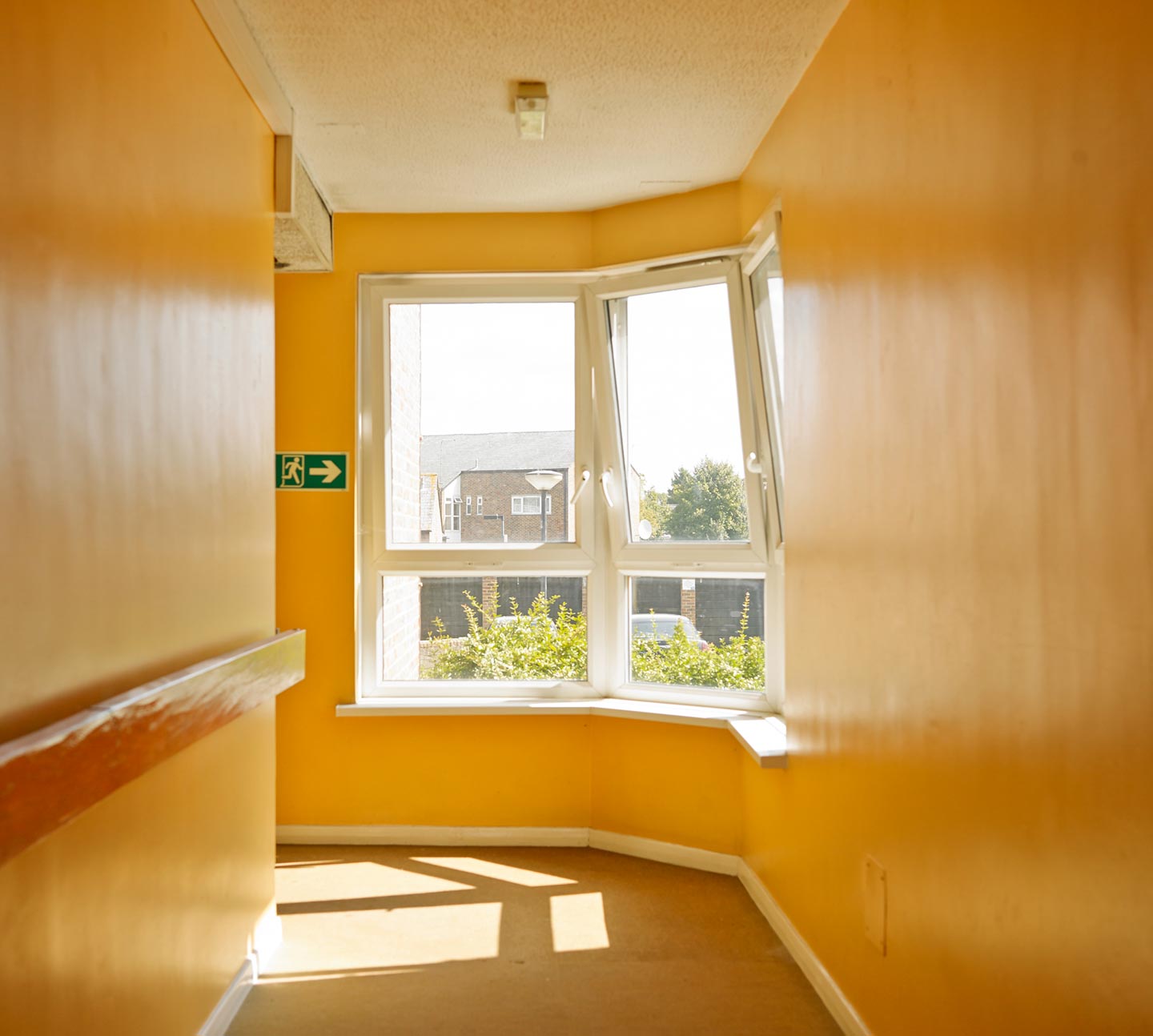
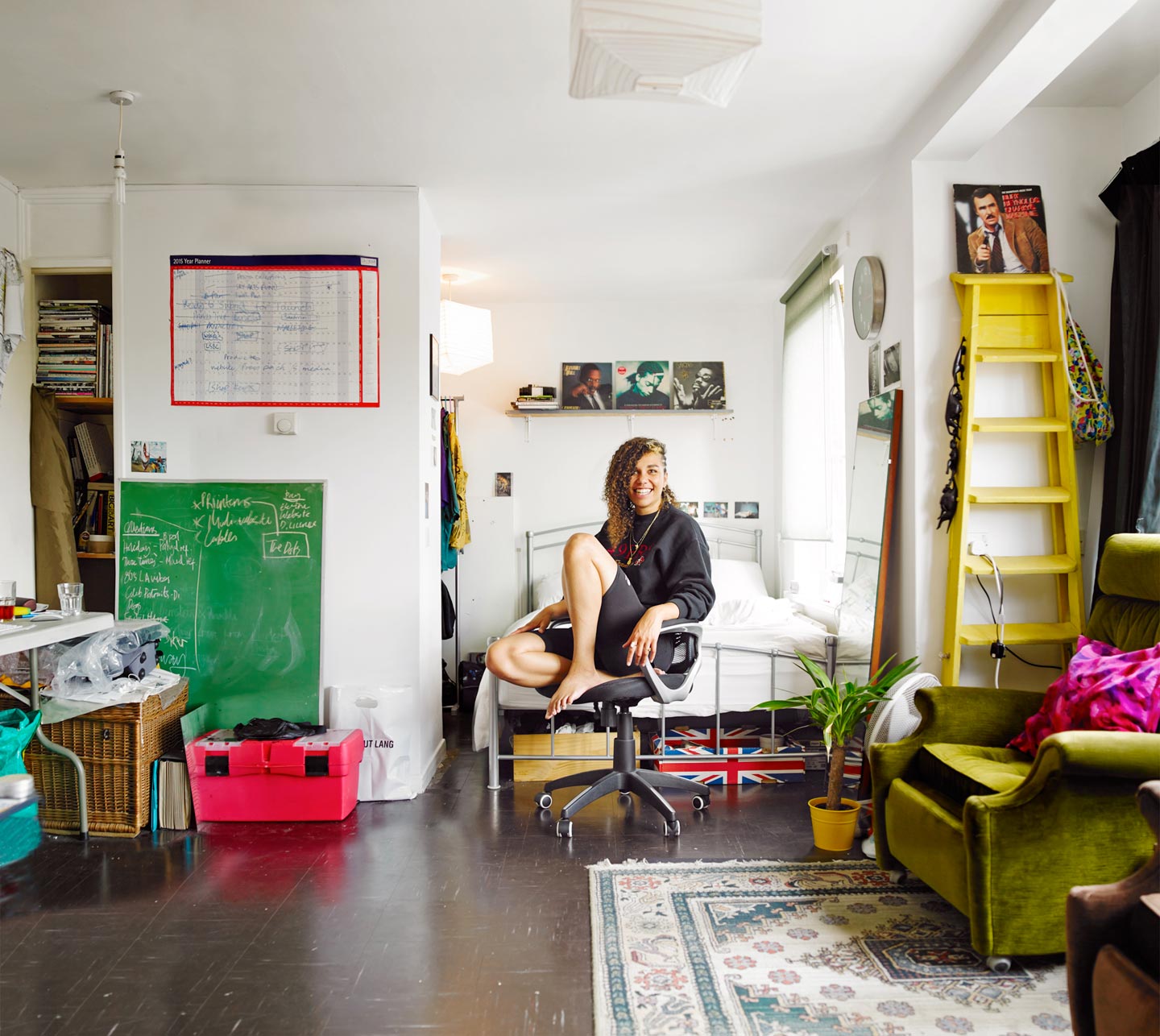
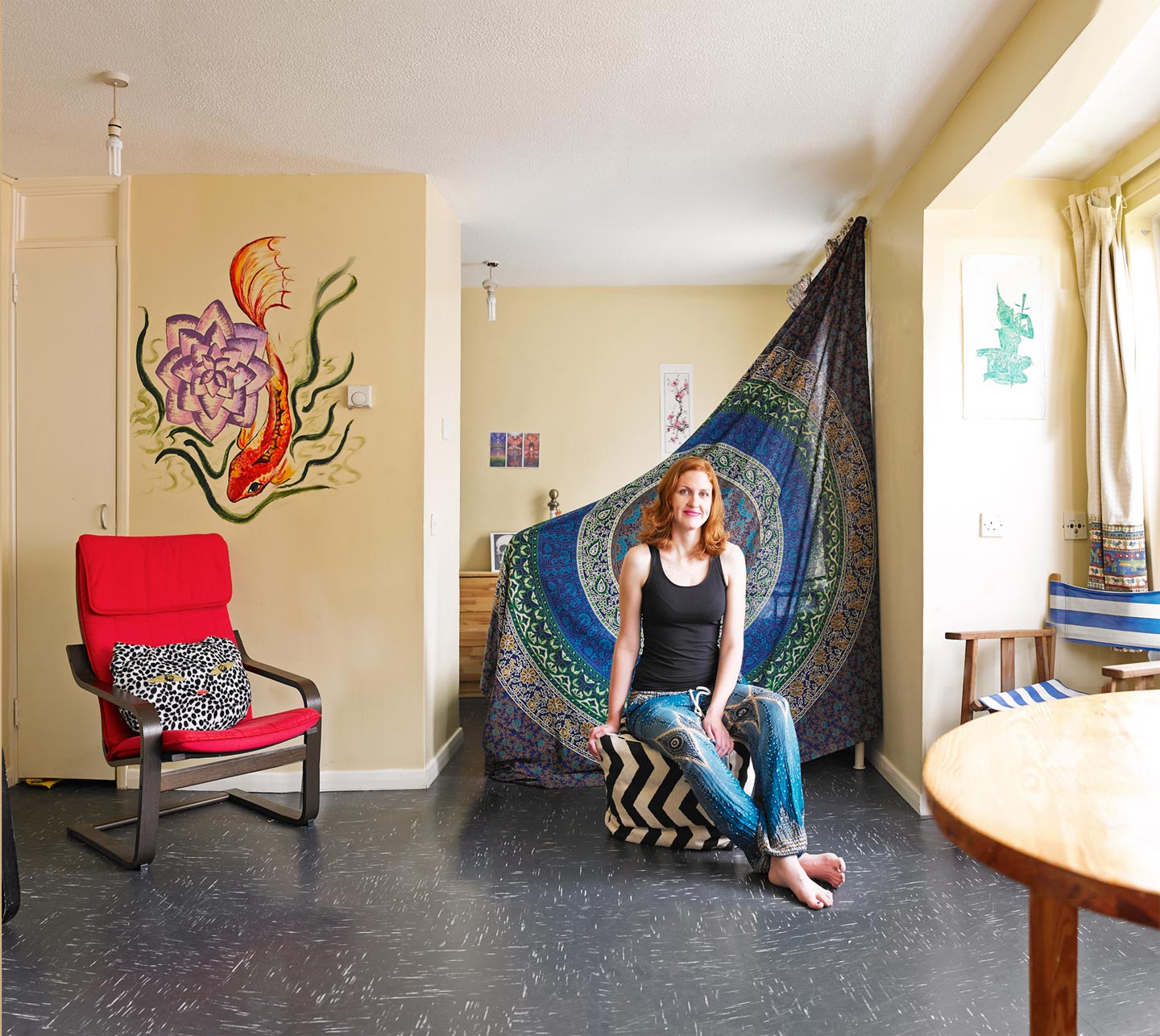
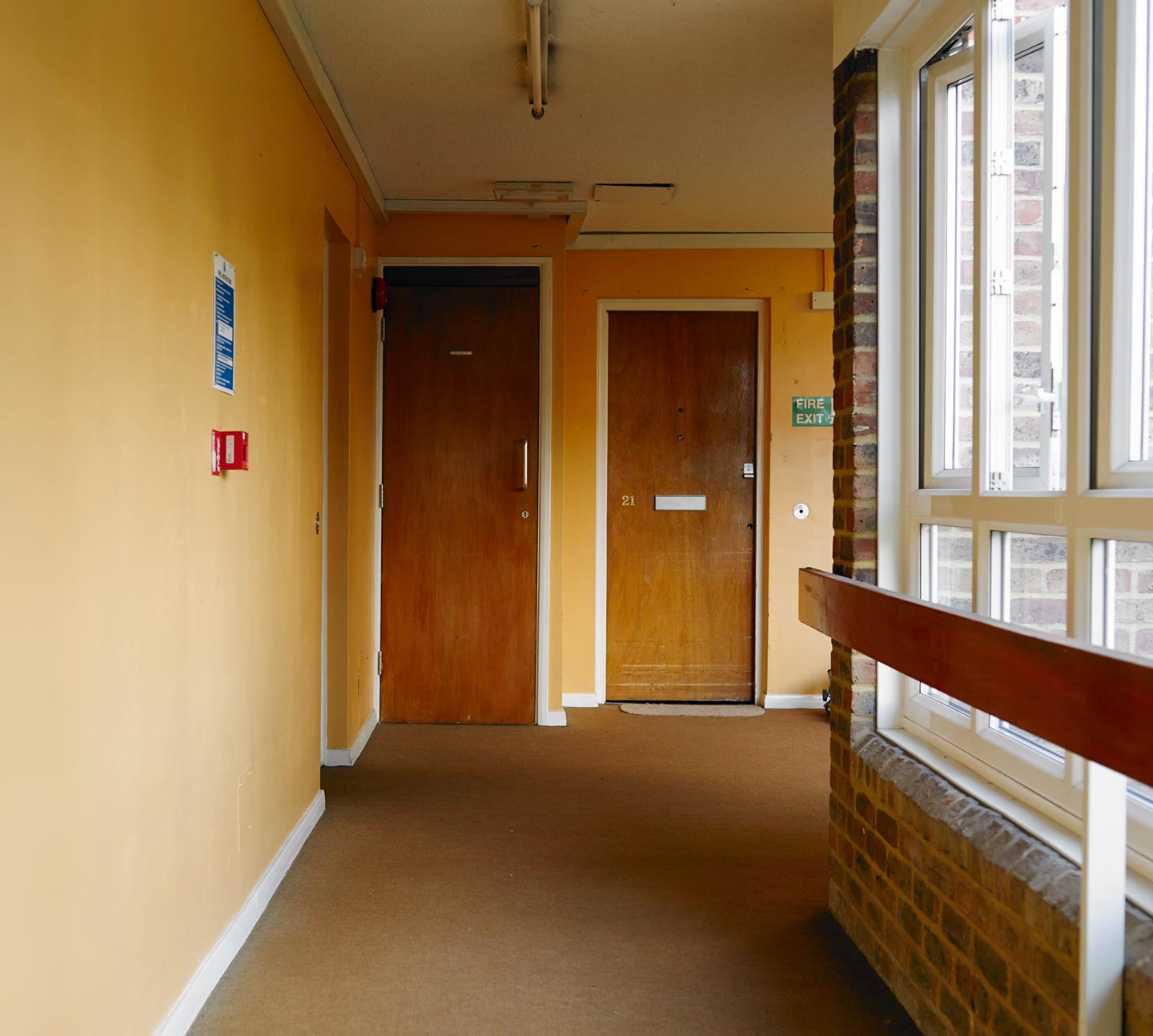
As the prices of both owned and rented housing rise in major cities across the world, new and alternative living solutions emerge for the young and broke. One of these—born in the Netherlands but particularly popular in the UK—is property guardianship. The environmental portraits that 37 year-old British photographer Viktoria Birkinshaw took of the Guardians living in a London building (herself included) show our inclination at customizing the private spaces we inhabit around our needs and personalities.
Hello Victoria, thank you for this interview. What are your main interests as a photographer?
I am interested in the places and ways people live—I love the idea that no single way is the right or best option.
Please briefly explain what property guardianship is.
The basic concept is security through occupation. Property owners (private or public) with a short term need for a building to be secured engage the services of a Guardianship company who then ‘places’ Guardians in the building. Guardians pay a license fee rather than rent to the Guardianship company. How these fees are shared between the company and owners varies between properties.
The upside for Guardians is they pay far less than market rent, but have very limited rights, such as a 28 days notice period, typically. The building owners receive less than market rental but have the flexibility to end contracts with Guardianship firms and move out Guardians at short notice.
Are you a guardian as well?
Yes, that’s me in the photos of flat 12 and 32 (I moved flats, the view of orange brick in 12 became too much for me!). Since taking these pictures I first moved to an old school to be a House Manager, and then when that property ended I moved to an old office block, where I am based now as a regular Guardian.
Where and what kind of property is the building you worked in? How much do the guardians pay to live there and are they required to do anything in particular to maintain the property?
The property in my photographs is in Charlton, South East London, and was formerly sheltered housing for the elderly. It comprises 42 flats and 28 bedsits. I was paying £370/month for my besdsit, all expenses included except power in my flat. There was nothing in particular I needed to do—the building was / is in a functional condition and designed for comfortable living having been for elderly people. Most flats were occupied while I lived there, which made it very secure.
Guardians are expected to sort out minor maintenance, keep the building clean, and make sure to do obvious things like don’t leave the front or fire doors open. Lee, the House Manager (who is also a Guardian but pays a reduced license fee), is the first port of call for day to day issues. Anything he couldn’t resolve he’d contact the Guardianship firm and try to sort it out.
Why did you decide to make this project?
Lee and I were some of the first Guardians in the Charlton building, and made friends fairly quickly. The idea came about after hanging out in each other’s flats. I struggled at first with the sight of him in my flat—all the pink plastic flowers just didn’t suit him, and the black and white angles of his flat made me feel like a wild curly haired mess. It got me thinking about how differently we used and presented our nearly identical spaces.
Also, I’ve seen other stories on Guardianship usually showing messy run down hectic living spaces; I felt it would be good to show that we lived in a very functional building instead and took pride in our living spaces, and were very much not squatters. During a somewhat drunken conversation Lee hit on the idea of doing all the shots from the same angle—he got quite dogmatic about it, and said he’d only be part of it if I did it that way—so cursing quietly that it was his idea I had to agree.
Can you talk a bit about making the portraits? What were you most interested in capturing in your images?
I decided I had to be the first subject, and shot Lee after. Then I got a bit stumped. As more people moved in, the building became more anonymous, with each of us having our own self-contained, nearly identical spaces just passing each other in the hallways. So the project also became a fun way to make friends, and learn about them, and how the building fulfilled their needs. Angela in flat 3 for example I only knew as the woman always in animal slippers. I was shooting in the hallway one day and we got chatting. She agreed to be photographed. I had no idea what she did—turns out she was studying to be a Forensic Biologist. I love her periodic table on one wall, and her postcards from the Netherlands (where she’s from) on the other, and the animal slippers and then she anchors them together.
For me it’s the details that make these pictures: they’re like little clues about each of the subjects, and what these spaces mean in their lives. For example, when I was in 12, I worked at a studio, so the flat was all about home comforts; but in 32 I lived and worked there, so my desk took prominence, and my life sort of fitted around it. Jess (flat 40) was preparing to open a shop, so her space is filled with things she was hoping to sell, and lists of things to do.
Please choose one of your portraits and share with us something we can’t see in the picture.

In Lee’s portrait there is a pint of cider hidden under the table. He hates being photographed. The deal we struck was if I shot myself first and if he approved (me and my flat needed to look ‘acceptable’) he would be part of the project. On that day I took a bottle of cider and a packet of jam donuts—his favourites. I had the donuts beside me, handing one over each time he looked like he might have a melt-down. It was on his final pint of cider & donut we got the shot.
Did you have any specific references or sources of inspiration in mind while working on Guardianship?
Not really. It was actually one of the reasons I wanted to do the project—having not come across work that approaches Guardianship with this style of shooting made me curious.
What have been the main influences on your photography?
Social documentary of the 1980s & 90s is my first and main and enduring influence. Being brought up in New Zealand in a very nuclear family—who created for me a very easy, supportive and loving way to live—it came as a shock to me there were other ways to live and see in the world. First looking at a story on dolphins in National Geographic to seeing ‘Rays a Laugh” by Richard Billlingham. I was fascinated about these other options – things I have no idea about, and sparked something within me that wants to find out more about people, how they live and the world works for them – not just as a spectator but by being the person who gets to go to these places and then tell that story, in pictures, to others and gives hopefully the people I shoot the respect they deserve while doing it.
Who are some of your favorite contemporary photographers?
One of my favorite contemporary photographers is New Zealander Bruce Connew. What I mostly admire about his work is his natural irreverence & desire to challenge what is acceptable to shoot and view.
Choose your #threewordsforphotography.
Curiosity. Balance. Independence.
Keep looking...
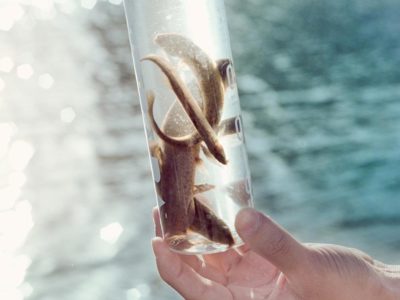
FotoFirst — Tianxi Wang Finds Solace Walking (and Photographing) Along the Hai River
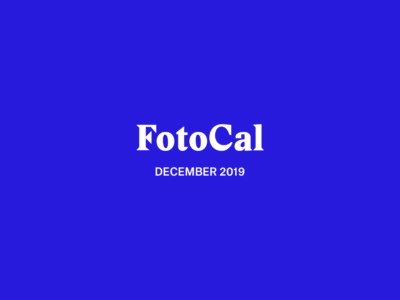
FotoCal — Photography Awards, Grants and Open Calls Closing in December 2019
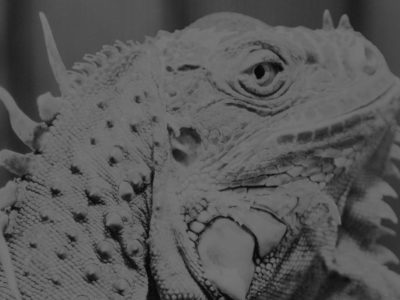
Francesco Merlini Wins the Series Category of Void x #FotoRoomOPEN
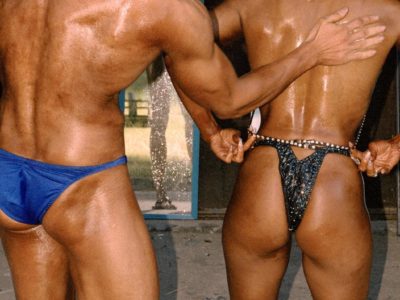
The Baby Tooth Isn’t Loose — Brendon Kahn Captures the Fault Lines in Human Nature
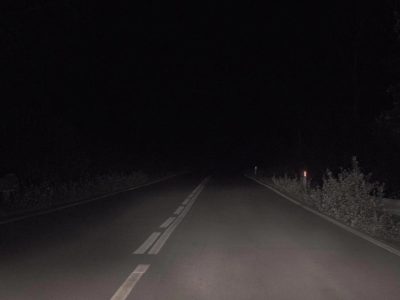
FotoFirst — Simone D’Angelo Interprets the Story of the Monster of Florence, Italy’s First Serial Killer
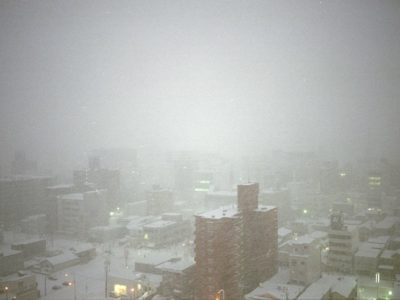
Tereza Kozinc’s Photographs Are Inspired by the Disapperance of Her Beloved Stenli
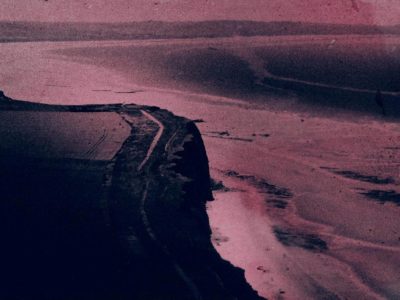
Julie Calbert Manipulates Her Images to Experiment with the Photographic Process
